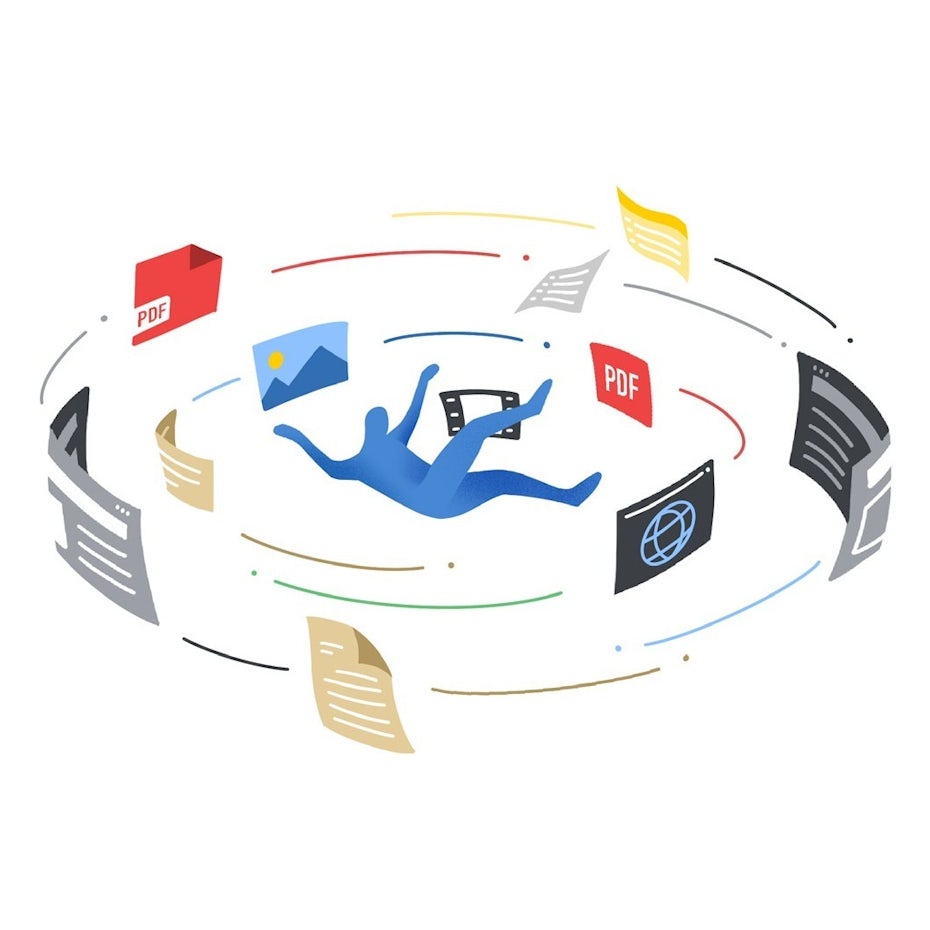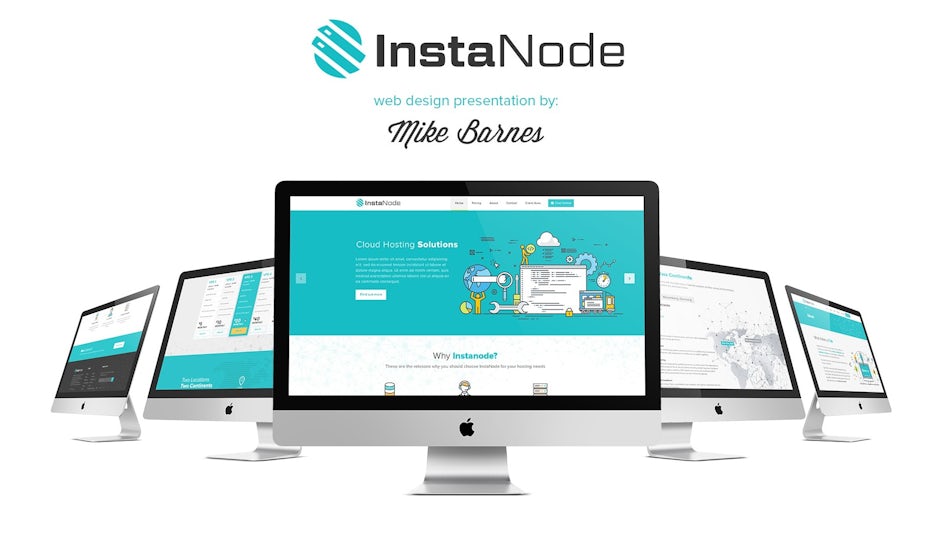Creating a website for free sounds like magic: impossible at best, a trick at worst. But web development is so common these days that there are dozens of ways to get it done—from high-end design agencies to free DIY website builders. For brands on a small budget, knowing how to make a website for free opens a lot of new doors, but only for those willing to put in extra effort.
Although there are plenty of apps that take care of design and coding, it still takes time, dedication, research and general website construction knowledge to accomplish everything without hired help. To simplify this process, we’ve put together this guide on how to make a website for free. Follow the steps below to take advantage of low- and no-cost options for making your own website.
Before you make your free website
—
Research the pros and cons of a free website design
Making a website for free can seem like an offer no one would refuse, but the reality is that free does not always mean without cost. If you don’t hire a designer or copywriter, for example, you will have to create those media assets yourself. In other words, creating a free website of any quality will cost you, if not in dollars then in personal time and effort.
If possible, you should be prepared to spend at least some money to get the best results, although certain parts of the process are cheaper than you’d expect. Sometimes, it may actually be easier and more productive to turn the process over to an experienced web designer.
Don’t know which option is right for you? Check out our in depth comparison of website builders vs. web designers >>

Even if you are making a website for free out of financial necessity, it is important to understand the limitations involved and make plans to work around them. Although each free website builder has its own particular pros and cons that you have to research yourself, here is a brief rundown of the general advantages and disadvantages of creating a website for free:
Pros of building a website for free
- Low cost, low investment. Your time is the only thing you risk.
- Simpler and shorter development time. A custom website can take months. In situations where you need a functioning website fast (such as an online store), a website builder is a quick fix.
- Ideal for smaller scale website projects. If you just need a website capable of basic functions only and you don’t need it to look unique, getting one built from scratch would be an unnecessary expense.
Cons of building a website for free
- No professional oversight or help. DIY means you are on your own.
- Unregulated advertising space. Some free website builders often recoup their cost through advertising on your site, which means you may have no control over the number or nature of ads displayed.
- Subdomain hosting. Your website may be attached to the builder’s site rather than an independent one, which can impede SEO and branding (look to the next section for an explanation of hosting).
- Limited site capabilities. More complicated features such as user profiles or sophisticated admin & analytic tools may be hard to accomplish without spending at least some money.
- Limited data storage. There may be limits to the amount of data your site can contain and the speeds at which that data loads.
- Template-based. Website templates are used by hundreds to thousands of web pages, which means your site risks looking generic.

Review the steps to building a website
Going from nothing to a live, working website can be a complicated undertaking with many steps involved. While most free website builders negate many of these steps, you still need to verify that their process goes beyond creating the website to fully publishing it.
Here is a rough list of the basic steps you’ll need to account for, but be sure to check our ultimate guide to creating a website for more details.
- Preplanning and strategy – Define the overall site goals and what you want your users to be able to do
- Layout and site mapping – Define the number of pages, as well as their purpose, how they interact and the wireframe layout for each
- Content creation – Create the design assets, text copy and multimedia that goes on your website
- Front end web design – Put together the front end visual design of the web page
- Back end web development – Implement the design into a functioning web page with coding
- Testing and iteration – Check for bugs or broken display
- Domain registry – Secure a unique domain name and address that includes your business name (like Johnnysbakery.com)
- Hosting setup – Store your website files and data onto a secure server (note: most will involve storage or bandwidth limits)
- Content management – Regularly use admin tools (included in the Content Management System, or CMS) for editing content and site maintenance over time
- Analytics – Regularly check tools for monitoring user behavior, SEO and general marketing performance of the site over time
Some of these steps are inevitably going to depend on you (planning, content creation and testing). Others are taken care of by website templates (layout, design and development). The rest may vary depending on the quality of the website builder you choose—whether it provides hosting/domain services, a reliable CMS and analytic tools. Many may require third-party providers or plugins to fill in gaps in tools and functionality, which can come at a cost.
When researching free website builders, make sure that each of these steps is handled. If some steps are missing or inadequate, look into free or low-cost solutions ahead of time to be better prepared.
Compile your web design needs

Finally, take some time to consider exactly what type of website you need and what it’s capable of accomplishing. Are you creating an online store, a professional portfolio or a business directory? There are often specific website builders and templates designs for each of these cases.
Beyond this, it is a good idea to know how many pages you will need and the purposes for each, like a home page, blog, contact, product page, shopping cart, checkout, etc. This lets you know precisely what options to look for during your research.
There are specific functionality features you may also need, such as live messaging, subscription pricing, support tools, etc. While website builders like WordPress may offer third-party add-ons and plugins to supplement some features, it may be hard to accomplish any sophisticated website functionality without spending at least some money.
Planning for your website needs ahead of time will guide your research into different website builders so that you can ensure they have the tools, templates and features that will get you the best result.
How to make a website for free in four steps
1. Prepare your website content
A website is an important branding space, so you should have at least a logo design at this point (if not, what better time than now to get a logo…). In addition, you want to think about other brand considerations like color schemes, fonts and imagery to implement across your website. Documenting all of your design choices in a brand style guide will help you keep everything consistent. Otherwise, a freelance designer can make these design decisions for you.
If you’re going the strictly free route, some website builders offer multiple fonts and color schemes for the same templates, and you can choose the setup that best fits your brand. Be sure to refer to these guides:
How to choose the colors for your web design >>
How to choose fonts for your web design >>

You also want to prepare the website copy and media assets (or at least outline what you’ll need of each), as this helps you select the template that best fits your content volume. For media assets, there are a number of free stock photography, videos and icon sites available.
If you need to create or modify any media assets yourself, download a free graphic design software program. These include Gimp (a free Photoshop alternative) and Inkscape (a free Illustrator alternative), but be advised: each comes with a steep learning curve.
At this stage, it might be worthwhile to consider consulting with a freelance designer. Hiring a designer to assist with template design assets is still cheaper than hiring one to build a website from scratch, and that extra professional eye can be what pushes your free website beyond the generic.
2. Set up an account with a website builder service
Finding a free, quality website builder involves a fair amount of online research. You can start with comparative guides of website builders like this one and look into the features, user reviews and example websites created with each software.
Make sure that you scrutinize the terms and pricing yourself even if the website builder is labeled as free. Many free services come in the form of a limited-time trial or lock the features you need behind a paywall. As mentioned earlier, check how the web builder handles website publishing services like domain and hosting.
For a more in-depth guide to researching your options, check out our ultimate guide to website builders >>
Once you’ve made your choice, most website builders will have you start by setting up an account on the site. This allows you to save your progress and revisit the design any time you need to change or add content. From there, you will have access to the CMS and admin features.
3. Design your website
Most free website builders are based around templates, with point-and-click or drag-and-drop usability to make beautiful designs easy for first-timers.
It is important that you choose a template that is relevant to your business and the purpose of your site—which is to say, trying to make a photography website template work for eCommerce will not pan out, even if the template looks nice. To help with this, some website builders sort templates by category or industry (i.e., education, fitness, restaurant, etc.)
From an aesthetic standpoint, you also want to ensure that the template can accommodate the amount and nature of your content. For example, if your site includes more photos than text copy, choose a template that comes closest to striking the right balance. This eliminates the need to substantively change the template (which would defeat the purpose of using a template).
Some free web builders, like WordPress, permit higher levels of customization, but doing so takes more advanced design and development knowledge on your part. If you prefer customization over a paint-by-number approach, factor in extra time for editing.
With your template chosen, it is time to replace the placeholder content with your own. Website builders usually include a visual menu of tools and a WYSIWYG (What You See Is What You Get) editor that allows you to edit text and photos on a live preview of the design (as opposed to doing so through code). Website builders are generally made for non-designers, which makes them more intuitive to use, but if you get stuck on this step, you can check Google or YouTube for tutorials.
4. Publish your finished website
For your site to be accessed on the internet, you need to secure a domain, essentially your website address. No two websites can share the same domain—so it is a good idea to make sure your domain is available ahead of time. In terms of pricing, some website builders do offer free domains, usually in the form of subdomains of the builder’s website (e.g., companyname.wix.com). Registering through a third-party service, however, can cost as little as $10 per year for an independent domain.

You can often register a domain with the hosting service. Some website builders provide hosting services, whereas others may require you to find a free, compatible hosting platform. Even with free options available, you might want to consider spending money (often under $10 a month) for higher storage limits, bandwidth and security.
With your files uploaded to the host server, your site will be live on the internet. Make sure that you test the site in multiple browsers and on multiple devices to ensure that everything is displaying and functioning correctly. You also want to periodically revisit and update the content of your site as time goes on.
Don’t get a free website at the price of quality
—
Creating a website for free is certainly possible from a financial perspective, but the DIY approach does take personal investment. To get anything of quality, you have to research website builders, learn their tools and put in the time to come up with a great result.
When you’re at the very beginning of your brand’s journey and your budget is tight, a free website can be a great way to get started. Remember that you can always upgrade later when you’re ready to take your brand and website to the next level.
Your website is one of your most valuable assets, so make sure that it looks as professional, unique and appealing as possible. Of course, the best way to get a quality website is to work with a talented designer. A good designer can not only save you time, energy and a lot of headaches—they will create a stunning result in the process!
Want to get the perfect website for your business?
Work with our talented designers to make it happen.
The post How to make a website for free: a step-by-step guide appeared first on 99designs.
No comments:
Post a Comment